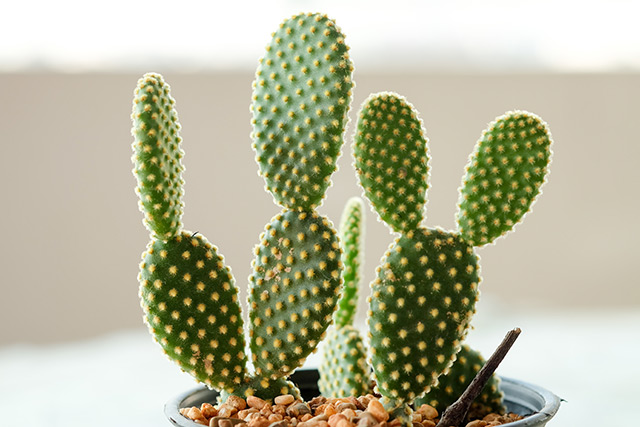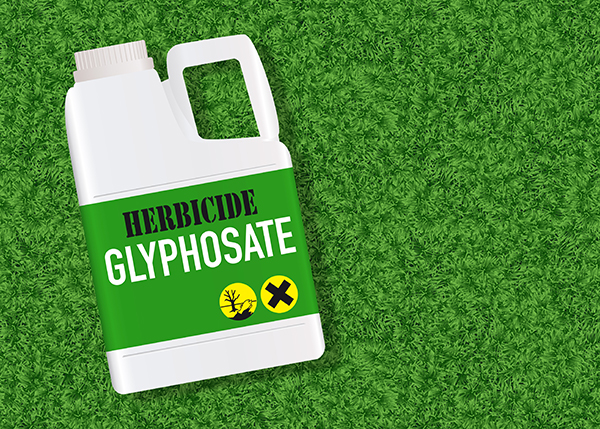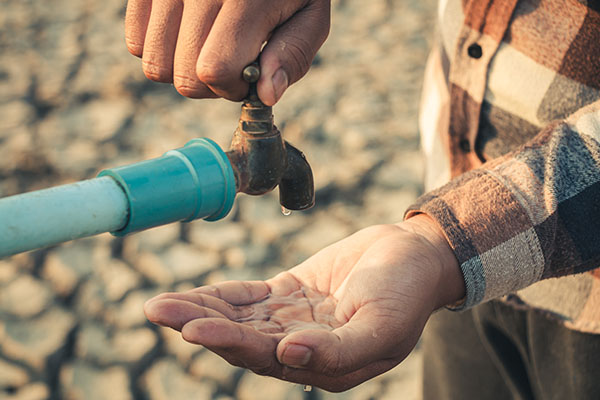
Published in the journal GCB Bioenergy, the study covered five years of research. The group had set out to look at how successful different varieties of cactus pear would fare in warm, dry climates.
They found that the prickly pear variety (Opuntia ficus-indica) produced the most fruit and used up 80 percent less water than other varieties to do so.
With drought and heatwave events becoming more common worldwide, crops like corn and soybean may likely be heavily affected because they require more water than what might be available in the future. People will need to look for alternative crops that require less water, can tolerate droughts and still bear fruits.
Cactus pears as sustainable food and fuel source
Given current climate trends, the world is poised to get hotter and drier in the future. Therefore, plants that are drought-resistant and able to produce food with little water might soon become major sources of food.
According to study co-author John Cushman, about 42 percent of all land on Earth is classified as arid or semi-arid. Therefore, there is enormous potential for planting cactus pears. Doing so has two main benefits. For starters, scientists can grow cactus pears in fields that are far too arid to be suitable for other crops.
This increased production would put cactus pears on the map as food. Many cultures worldwide already eat the fruits from cactus pears and even the cactus pads themselves. However, cactus pears and other edible cactus varieties are far from being a major food and forage crop in the United States, let alone around the world.
But that is a missed opportunity because cactus pear fruits can be used just like other fruits. They are especially great for making jams because they contain natural sugars. They can also be consumed fresh or pickled once the spines have been removed. They are also great for feeding livestock due to their high water content.
The other benefit of utilizing arid fields for the cultivation of cactus pears is carbon sequestration. They capture and store carbon dioxide from the atmosphere, serving as a land-based carbon "sink." They can also be harvested and used as raw materials for biofuels to replace fossil fuels.
"That's the benefit of this perennial crop," explained Cushman. After you have harvested the fruits and pads for food, you will be left with a large amount of biomass that can be used for biofuel production, he said. (Related: Hemp: the versatile biofuel that could save America’s energy independence.)
Cushman and his colleagues plan to continue researching cactus pears and their potential as sustainable fuel or foods. They plan to understand what it is about the genetic makeup of cactus pears that makes them so drought-resistant and use that information to make other crops more drought-resistant as well.
Scientists have long been interested in the potential of cactus pears to serve as food and fuel. In 2015, a team of researchers from the United Kingdom suggested that water-efficient plants like cacti could be the key to providing sustainable bioenergy for the future.
Plants like cacti carry out photosynthesis through a crassulacean acid metabolism (CAM) system. They grow on arid and semi-arid land with low or unpredictable rainfall, which can make conventional farming difficult.
Arid and semi-arid lands are unproductive. But they can be put to good use by filling them with cacti and many other CAM plants that can capture and store carbon efficiently. The researchers said CAM plants like prickly pear could make a huge contribution to sustainable biogas production this way.
Go to FoodSupply.news to learn more about cactus pears and other sustainable foods.
Sources include:
Please contact us for more information.























